Harare’s Cleveland Wetlands under threat
- By Zimpapers Syndication |
- 03 Mar, 2025 |
- 2
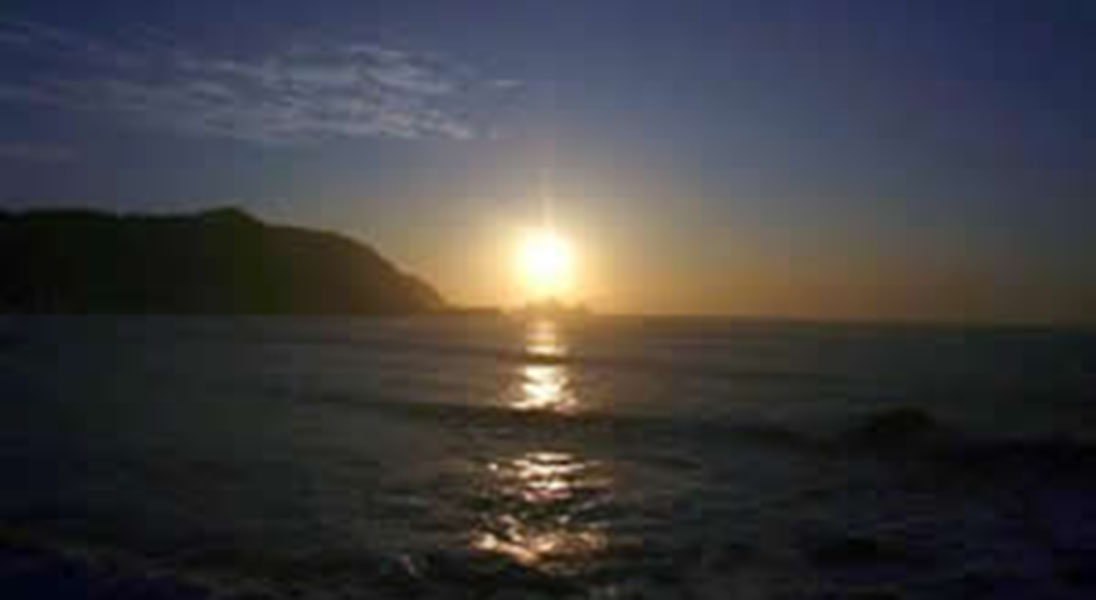
Sifelani Tsiko ---
Biodiversity and bird species at a Ramsar wetland site at Harare’s Cleveland Dam are under threat from illegal land development.
Environmentalists and residents in Mabvuku, a suburb on the eastern part of the capital told Zimpapers Syndication that the wetland at the apex of the Manyame Catchment area located close to Donnybrook race course, Old Mabvuku and the Cleveland Dam is under renewed threat after some land barons brought a grader and cleared part of the area, damaging the ecosystem.
For ages, the wetland which was designated as a Ramsar site in 2014, has been utilised sustainably by Mabvuku and Tafara residents to grow crops while at the same time preventing its damage.
Repeated appeals by the Mabvuku Environmental Action Group have fallen flat as land barons who are selling stands at the wetland have ignored directives from the Environmental Management Agency (EMA) to stop damaging the wetland.
The action group has been using the wetland with guidance of Environment Africa to utilise it while at the same time protecting it.
However, land barons running an illegal housing cooperative have jeopardized all these efforts to protect the Cleveland wetlands site.
Prior to the invasion by land barons, the action group reclaimed galleys, stopped sand mining, planted vativa grass, mango trees and bananas in the wetland as measures to safeguard the wetland from being destroyed.
“The barons have chased out of the wetland,” said Alice Gapara, a member of the Mabvuku Environmental Action Group. “All our efforts to safeguard the wetland after so much training from Environment Africa and EMA have come to zero.
“The land barons are violent and all they are concerned with is to sell the stands illegally and get money. They don’t care about the wetlands and their value to Harare’s water supply.”
The land barons, who could not be identified have cleared part of the wetland and pressing on to peg stands on area which the action group had planted bananas and other fruit trees.
Out of ignorance, some settlers have already started to build houses despite the existence of an order which prevents anyone from constructing houses on the wetland which is not suitable for habitation.
Nearby there is a railway line, power lines, a shooting range and water supply line to Mabvuku and Tafara.
“The wetland is not suitable for settlement,” said Gapara. “We want to return and continue with our work to safeguard the wetlands. After the invasion by the land barons, the Cleveland wetlands are now open to sand mining, tree cutting and dumping of rubbish.
“If nothing is done by the government, the wetlands will disappear with serious consequences for the quality of Harare’s water.”
Other members of the group are bitter.
“The invasion of the wetlands by this anonymous housing co-operative has destroyed all our hopes of a thriving wetland,” said Virginia Mhete, a member of the group.
“The construction of houses on this sensitive piece of land is bad for our environment. The wetlands will soon die and this will make our lives miserable in the wake of climate change. EMA must take drastic measures to address this problem.”
Zimbabwe, which ratified the Ramsar Treaty in 2011 now has seven wetlands that have been declared as Ramsar sites.
These include the Monavale Vlei, Cleveland Dam, Mana Pools, Lake Chivero, Driefontein Grasslands, Chinhoyi Caves and the Victoria Falls National Park.
Most of these wetlands are vital water sources for human settlements and wildlife within their catchment areas.
A Ramsar site is a wetland area of international environmental significance, as designated by the Ramsar Convention.
The designation of a wetland as a Ramsar site enables the exchange of standardised information on conservation practices and technical assistance and lends international tourism value to a place.
Environment Africa Zimbabwe country director Barney Mawire said the invasion of the wetlands by land baron will threaten the survival of the wetland in the long run.
“The Cleveland catchment area is a Ramsar site and the government issue prohibition orders but we are gravely concerned about how these orders are being ignored,” he said.
“It’s very worrying for the future of the wetlands. The destruction of this wetland will rob people of Harare both the quality and quantity of water. It’s very sad and disturbing to see these unscrupulous land barons selling land without respect for the environment.”
He urged the government to take urgent measures to stop the settlement before it is too late.
“We are calling on the responsible authority to take serious measures to stop this before irreparable damage is done,” the environmentalist said.
“The wetlands are crucial for Harare’s water supply and we must safeguard them.”
Encroachment into the Cleveland wetlands has opened the area to illegal sand mining, tree cutting and garbage dumping at the site.
It has also disturbed the survival of birds and other smaller species of animals still found at the Ramsar site.
The livelihoods of local communities who depend on the wetlands for survival has also been disrupted.
Lack of proper management of the site has also led to overfishing, siltation and the endangering the fragile Cleveland Dam wetland ecosystem.
The land barons could not be reached for comment but people who have set up some structures say they have been allocated the land legally for housing development.
International organisations such as the World-wide Fund for Nature (WWF) have been working closely with Ramsar and the government for the protection of these sites, the first to be protected in Zimbabwe, including the world’s largest waterfall Victoria Falls and urban wetland Monavale Vlei.
The wetlands face a number of threats including pollution, illegal logging and encroachment from construction projects.
“When we mark World Wetlands Day, we are reminding people that water doesn’t come from a tap, it comes from healthy wetland ecosystems,” said Lifeng Li, WWF International’s director of freshwater commenting on the listing of Zimbabwe’s seven wetlands early this year.
“With billions of people depending on wetlands for water, food and their livelihoods, this is a significant milestone. As world leaders think about how to implement the commitments they made under the UN Sustainable Development Goals, protecting wetlands can make a significant contribution to human well-being.”
Ecologists say wetlands are the most biologically diverse ecosystems on earth and act as giant sponges, soaking up rainfall and slowly releasing it over time.
They say they also serve as natural sewage treatment works, absorbing chemicals, filtering pollutants and sediments, breaking down suspended solids and neutralizing harmful bacteria.
Alarmingly, global extent of wetlands is estimated to have declined by as much as 71 per cent since 1900, according to the Ramsar Convention on Wetlands.
WWF has supported the designation of over 100 million hectares of wetlands since 2000, representing 45 per cent of the world’s total area of wetlands designated under Ramsar since the convention was signed in 1971.
The Convention on Wetlands of International Importance is an intergovernmental treaty signed by 169 countries so far.
The Ramsar Convention’s mission is the conservation and wise use of wetlands, with the goal of achieving sustainable development.
The impact of the destruction of wetlands has been telling.
The parcelling out of land by the city authorities in delicate habitats not fit for construction, had, according to the Zimbabwe National Water Authority, led to a drastic fall in the water table levels within Harare.
Areas which used to have water at between 15 and 18m below the earth surface, had gone down to 30m in some parts of the capital owing to the destruction of wetlands.
All around the world, wetlands are amongst the most threatened of habitats.
It is estimated that nearly three quarters of the world’s inland wetlands have been lost over the last century.
According to a 2014 study in the journal Global Environmental Change, the global area of freshwater wetlands and floodplains shrank by nearly two-thirds between 1997 and 2011, from an estimated 165 million hectares (408 million acres) to 60 million hectares (148 million acres).
Ecologists say the loss of these wetlands has gone hand-in-hand with the decline in wetland wildlife.
They say freshwater mammals and amphibians are threatened with extinction.
Wetlands are habitats to a wide range of plants and wildlife. They are responsible for re-charging the water table, filtering and purifying water, preventing soil erosion, siltation and flooding.
Environmentalists say wetlands in Zimbabwe are under threat due to agricultural expansion, urbanization, population growth, the proliferation of boreholes, sand and quarry extraction, poaching of timber and wildlife and pollution.
Public ignorance of wetland values, functions and fragility, and inadequate or conflicting management structures have also led to wetland degradation.
Laws that criminalise wetland abuse include the Environmental Management Act, Regional, Town and Country Planning Act, Urban Councils Act and Traditional Leaders Act.
The country has seven protected wetland sites and has a total of 1 117 wetlands covering 793 348 hectares which is about 1,5 percent of the country’s land areas.
Environmentalists say the country now needs to take practical steps to stem the progressive encroachment on and loss of wetlands now and in the future through collaboration with various local and international organisations. -Zimpapers Syndication
No Comments



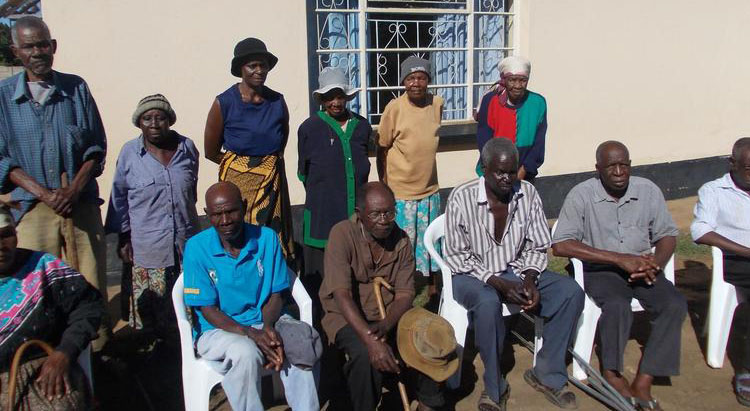
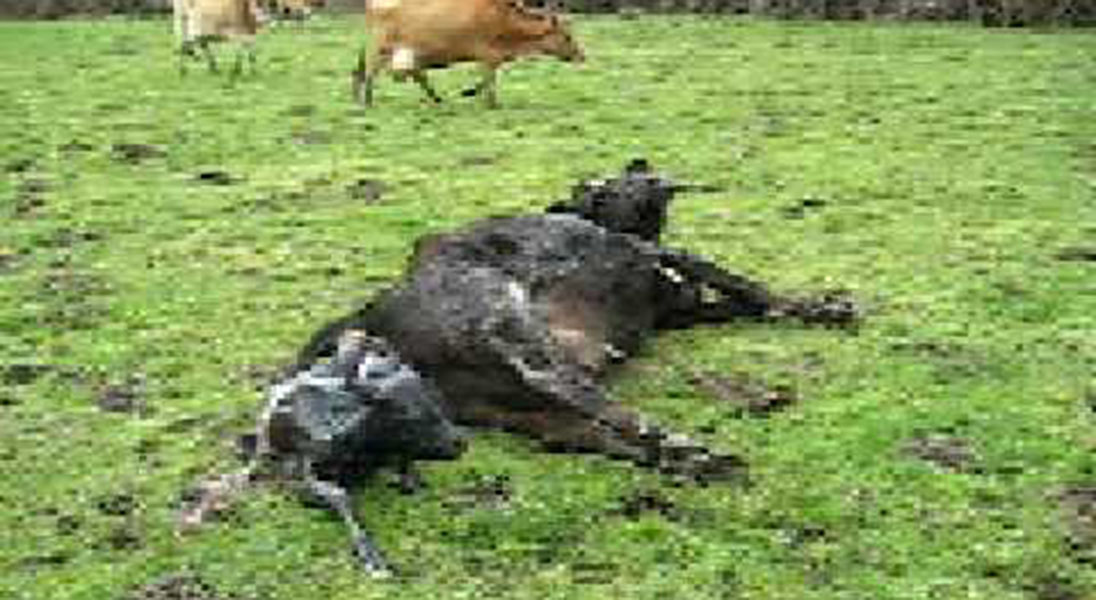
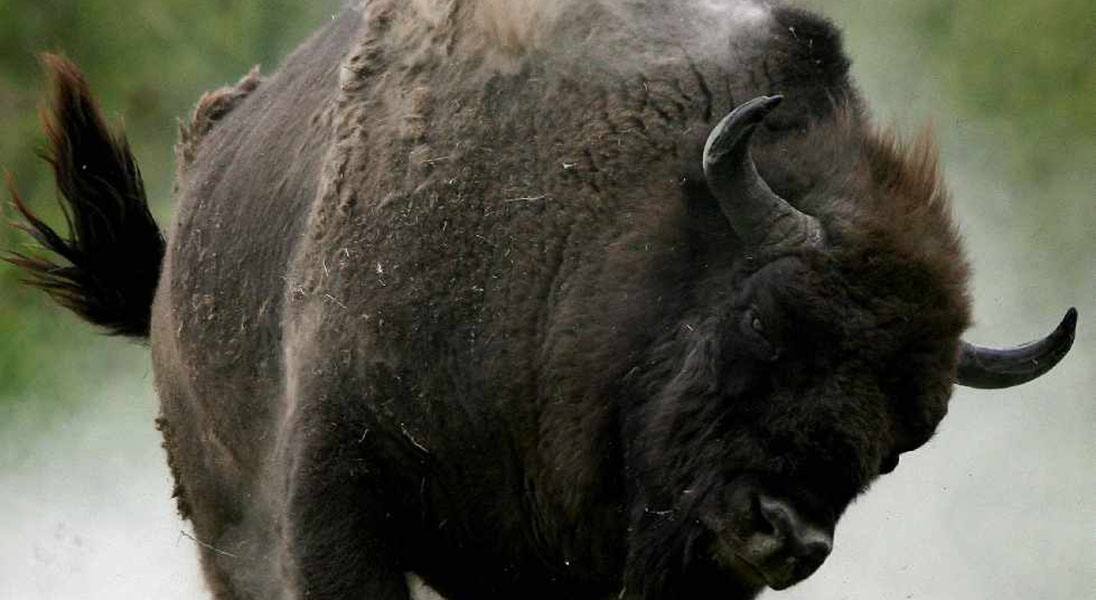
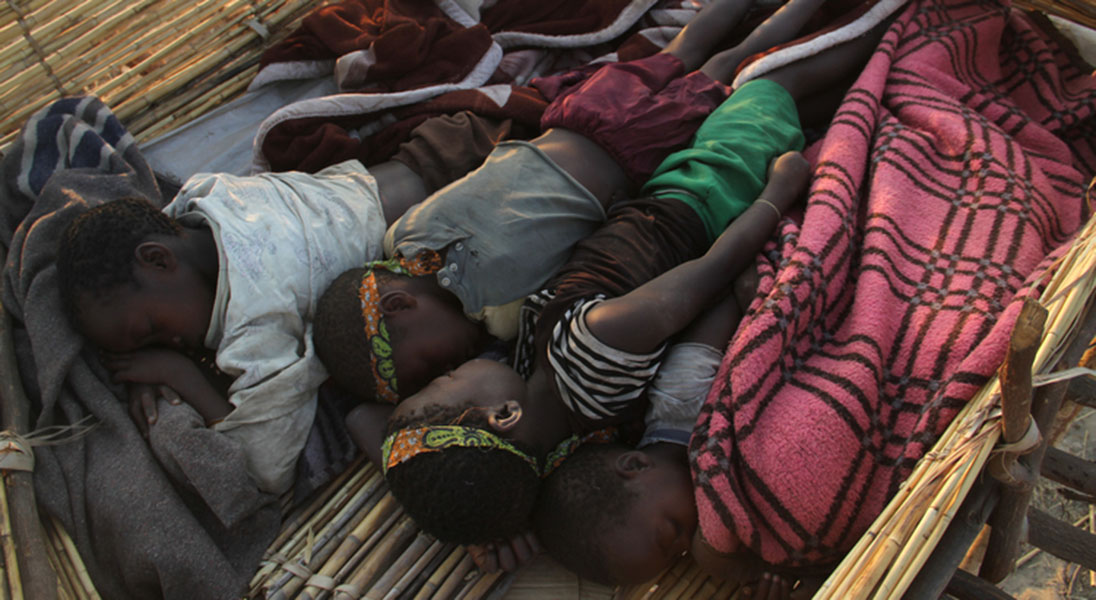

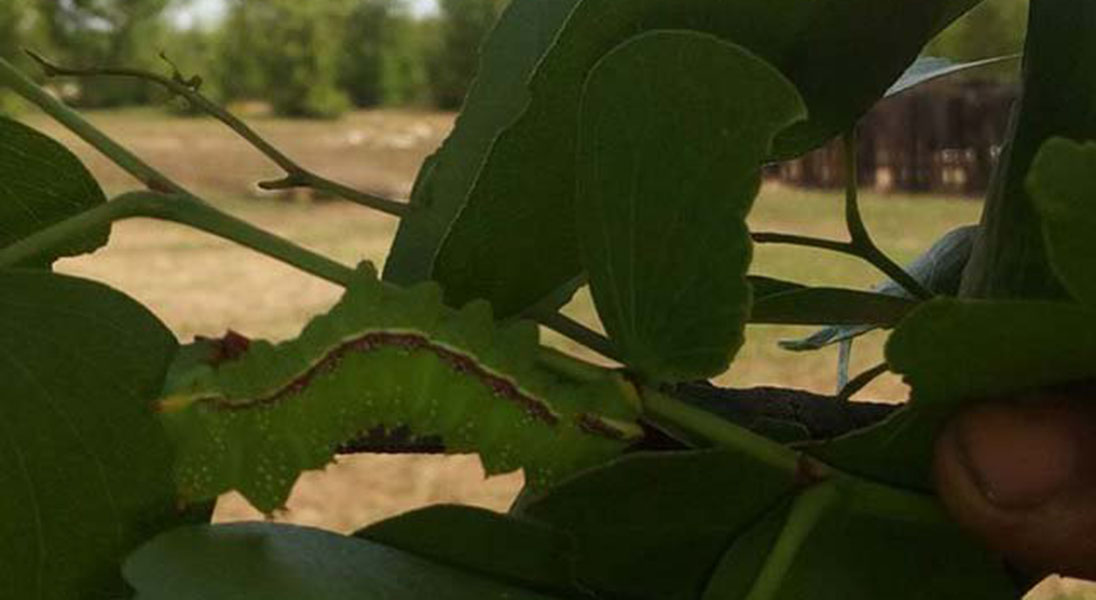

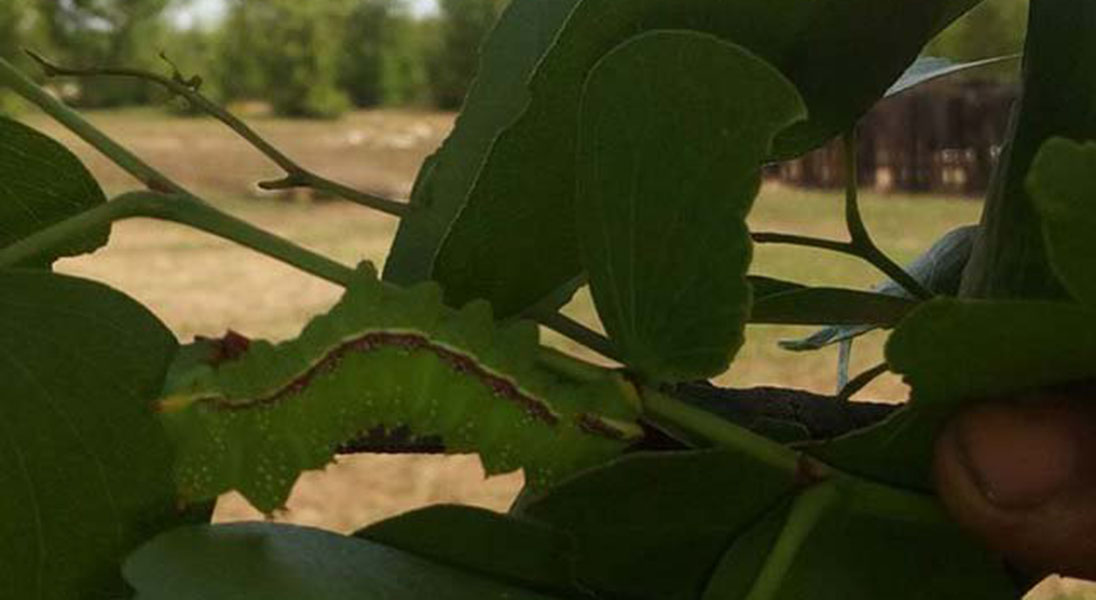
.jpg)


Comment